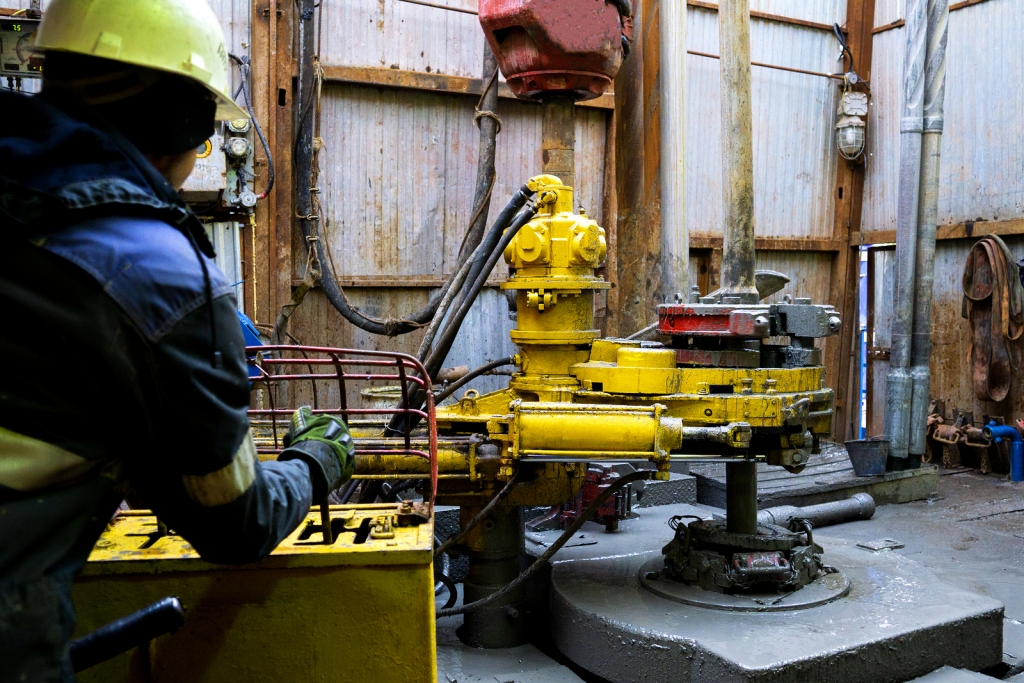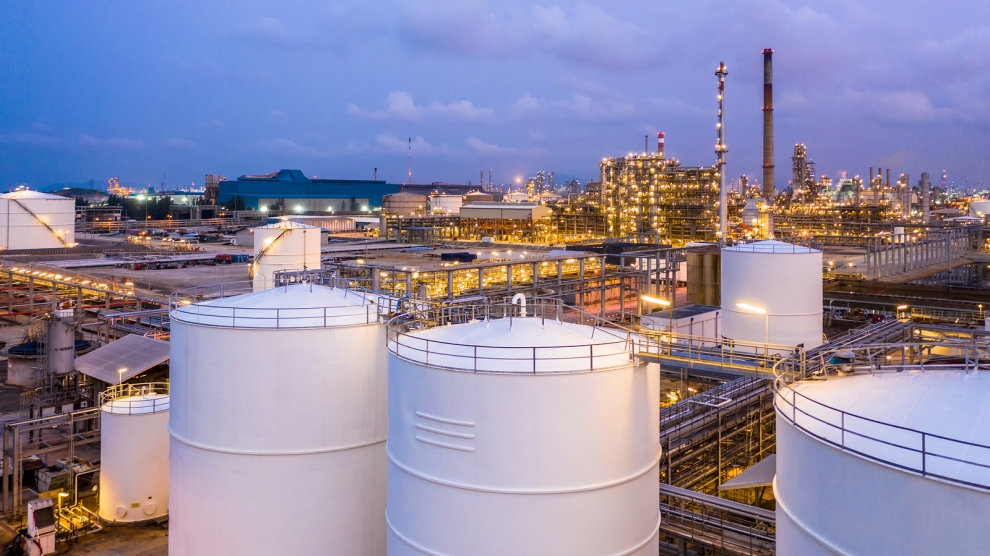As the Central European Policy Institute (CEPI) explains, compared to a few years ago, the region’s energy security has improved remarkably in recent years, especially when it comes to gas. However, there’s still work to be done. The infrastructure is not in place everywhere; the track record of market liberalisation and compliance with EU regulations is poor; the role of gas in power generation is low; and coal power plants operate in a favourable environment despite the deteriorating air quality in many cities across the region.
“Nevertheless, I think that the sector still has at least two or three decades of robust development as the technologies replacing oil and gas are not still in place and are not economically viable,” says Maciej Jakubik, executive director of the Central Europe Energy Partners (CEEP), a Brussels-based NGO representing the interests of the energy and energy-intensive companies from Central Europe.
A solid future
According to CEE’s Gas Regional Investment Plan (GRIP), a cooperative initiative launched by the European Network of Transmission System Operators for Gas (ENTSOG), there’s a busy programme to be completed by 2025. One such landmark project is the gas interconnector between Poland and Lithuania, which will hook up several CEE countries to gas stored in a floating LNG terminal in Klaipėda on Lithuania’s Baltic coast, putting an end to the energy isolation of the Baltic states.
“The region is in the process of profound changes which are characterised by the quest for diversification and increasing liberalisation of the markets,” Mr Jakubik tells Emerging Europe.
While the region’s energy issues stretch far and wide, it is worthwhile focusing on two countries for a look at both the success emerging Europe has enjoyed until now, and the challenges which remain: Poland and Romania.
“Poland has embarked on an ambitious supply diversification programme which is based on the development of LNG regasification capacities (the expansion of the existing terminal in Swinoujscie and purchase of FSRU) and construction of the Baltic Pipe allowing access to Norwegian gas fields. In practice it would not allow for the extension of the current agreement with Russia which will expire in 2022, thereby decreasing or even to avoiding altogether gas imports from Russia. Overall, thanks to new systemic interconnections with Lithuania and Slovakia, Poland plans to emerge as a regional gas trading hub,” Mr Jakubik explains.
Poland’s dominant gas firm PGNiG plans to develop more upstream projects abroad, in order to reduce its reliance on Russian gas and close more profitable deals.
“Our own gas, produced on the basis of our concessions, either at home or abroad, is most profitable for us,” commented PGNiG Chief Executive Piotr Wozniak. “This is why we want to have concessions in different parts of the world and the Norwegian shelf is such a place. In this way we will replace Russian supplies.”
On the other hand, Mr Jakubik believes that Romania aims to unleash the potential of its onshore and offshore gas deposits. While the fields are well documented, and their extraction would be commercially viable the problem is the regulatory and tax regime. A second intertwined project, allowing the export of gas, would be construction of the BRU(SK)A pipeline which would integrate the transmission systems of Romania, Bulgaria, Slovakia, Hungary and Austria, supporting the diversification of gas supplies to Central Europe.

Incomplete pieces
Although the European Commission’s Directorate-General for Energy believes that EU infrastructure is ready to receive more LNG, the south of the continent needs extra infrastructure to reduce bottlenecks and boost flows. There’s still no reverse flow capacity on the Hungary-Croatia interconnector into Hungary due to missing developments on the Croatian side, and the LNG terminal proposed for the Croatian island of Krk is at an early stage of development.
Some resistance is also found among governments, as they don’t want to undermine the long-held monopolies of the regional energy companies. In the Czech Republic, the largest power company has a 78 per cent market share in the national electricity market and the largest gas importing company operates with a comfortable margin of 82.3 per cent. PGNiG in Poland remains the dominant buyer on both the wholesale and retail market, and also owns and operates all of the country’s natural gas production and distribution networks.
Russian concerns
Early in April, several EU member states, including the Czech Republic and Poland, suspended imports of Russian oil through the Druzhba pipeline due to contamination. The quality problem arose when high levels of organic chloride were found in crude pumped via the Druzhba pipeline to the Baltic port of Ust-Luga. According to Transneft, the Russian state-owned transport monopoly, organic chloride, which is used in high viscosity oil extraction, could only appear in pipelines where oil was provided by oil companies, as Transneft does not inject it into the system.
For companies like Poland’s PKN Orlen, it didn’t represent a problem.
“Another quarter of solid results demonstrates that PKN Orlen is well positioned to operate in a more challenging macro environment,” commented Daniel Obajtek, president of the PKN Orlen management board. “Notably, despite the disruption in the supply of Russian oil, our plants were running smoothly. We even managed to increase refinery runs, achieve further growth in sales volumes, and expand market shares of our retail network across all markets where we are present. This was accomplished thanks to our consistent policy of diversifying oil supply sources, which allows us to flexibly respond to market challenges, while ensuring the security of supplies for the Orlen Group and the country.”
“Russia is in the process of diversifying its gas pipeline capacities to Europe in order to decrease its dependency on transit through Ukraine,” comments Mr Jakubik. “The main project allowing this is the Nord Stream 2 pipeline. For central European states it means that the direction of gas supply would change from east to west. The most likely result would be blocking western interconnections thereby limiting access to western gas hubs. In order to avoid such a scenario, further development of the North-South gas corridor is crucial, and advantage needs to be taken of the emerging global LNG market. Concerning the oil sector, the recent supply crisis with the import of contaminated Russian oil highlighted the importance of the diversification of oil supplies to Europe as well as the role of storage.”
Climate before cash
Major oil players are investing in various alternative energy solutions in response to increased investor pressure to start thinking about reducing emissions instead of just growing profits.
“The oil and gas sectors are among the leaders in emission reductions and environmentally friendly technologies. In the last few years companies – triggered also by the EU regulatory regime – have invested billions of euros in new installations aiming at increasing efficiency and lowering emissions. In order to decrease their carbon footprint, they also invest in the new sectors such as large scale RES, energy storage and charging stations for electric vehicles,” explains Mr Jakubik.
Geofizyka Toruń, part of the PGNiG Group, is the first company in Europe to employ new seismic data acquisition technologies in searching for hydrocarbon deposits. Thanks to their small size and low weight, the technology allows the company to conduct exploration with no harm to the natural environment and local communities.
“Geophysical surveys are always adapted to local environmental conditions, road infrastructure and agricultural activity. It is important that our seismic surveys do not disrupt the everyday lives of local residents,” says Piotr Woźniak.


Add Comment